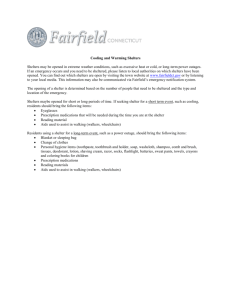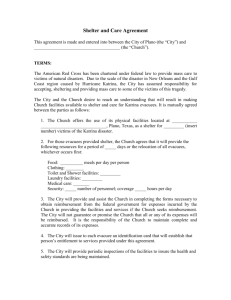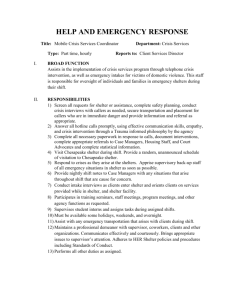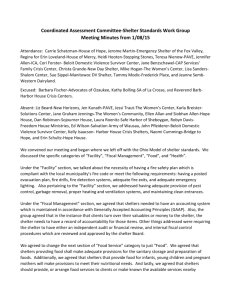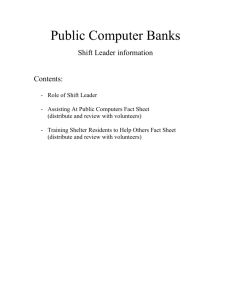Emergency Shelter
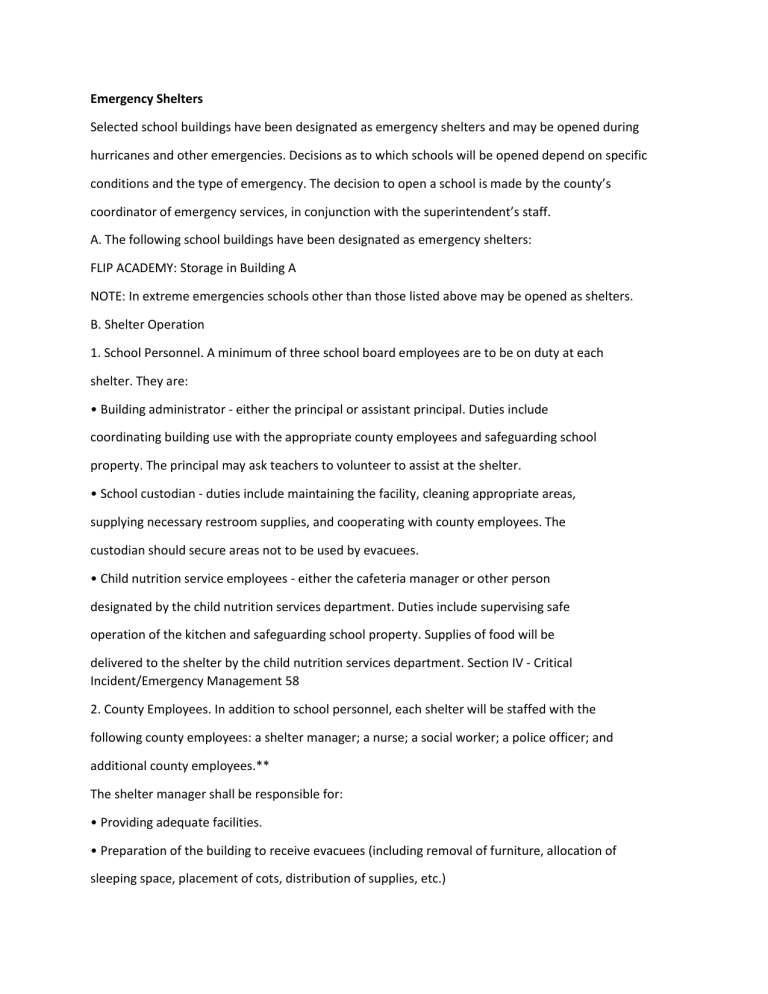
Emergency Shelters
Selected school buildings have been designated as emergency shelters and may be opened during hurricanes and other emergencies. Decisions as to which schools will be opened depend on specific conditions and the type of emergency. The decision to open a school is made by the county’s coordinator of emergency services, in conjunction with the superintendent’s staff.
A. The following school buildings have been designated as emergency shelters:
FLIP ACADEMY: Storage in Building A
NOTE: In extreme emergencies schools other than those listed above may be opened as shelters.
B. Shelter Operation
1. School Personnel. A minimum of three school board employees are to be on duty at each shelter. They are:
• Building administrator - either the principal or assistant principal. Duties include coordinating building use with the appropriate county employees and safeguarding school property. The principal may ask teachers to volunteer to assist at the shelter.
• School custodian - duties include maintaining the facility, cleaning appropriate areas, supplying necessary restroom supplies, and cooperating with county employees. The custodian should secure areas not to be used by evacuees.
• Child nutrition service employees - either the cafeteria manager or other person designated by the child nutrition services department. Duties include supervising safe operation of the kitchen and safeguarding school property. Supplies of food will be delivered to the shelter by the child nutrition services department. Section IV - Critical
Incident/Emergency Management 58
2. County Employees. In addition to school personnel, each shelter will be staffed with the following county employees: a shelter manager; a nurse; a social worker; a police officer; and additional county employees.**
The shelter manager shall be responsible for:
• Providing adequate facilities.
• Preparation of the building to receive evacuees (including removal of furniture, allocation of sleeping space, placement of cots, distribution of supplies, etc.)
• Identification of evacuees.
• Maintenance of communications, both with the facility and with the Emergency Operations
Center.
• Transfer of sick or injured to casualty treatment centers. Requisition and dispersal of food supplies, soap, towels, first aid supplies, etc.
• Enforcement of safety measures.
• Arrangements for transportation.
• Schedule use of sanitary facilities and enforcement of standards of cleanliness.
** Additional personnel may be added depending on the number of persons occupying the facility.Section IV - Critical Incident/Emergency Management 59
3. Additional Suggestions
• Electrical service may be disrupted during the emergency and alternate sources of light may be in short supply. Try to secure several flashlights prior to opening the shelter.
• Assist the shelter manager in posting notices of shelter rules. These may vary depending on circumstances, but should probably include:
< Evacuees must register.
< No pets are allowed.
< No alcohol allowed.
< Be considerate of others.
< Avoid activities that will disturb others (loud radios, etc.)
• Do not admit persons until the shelter has been officially opened.
• Have a supply of board and card games, if possible.
• Keep evacuees informed of the situation via TV or radio. Set up a separate room if possible.
• Emergency telephone numbers.
< FLIP ACADEMY 555-555-5555
(Source: Norfolk City Public Schools, Norfolk, VA)

